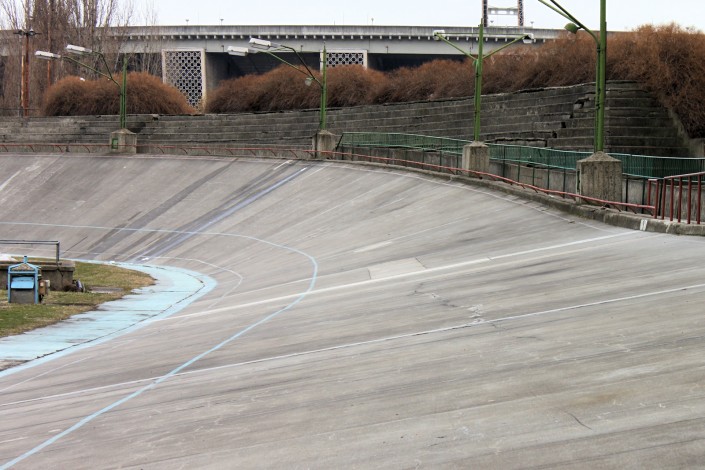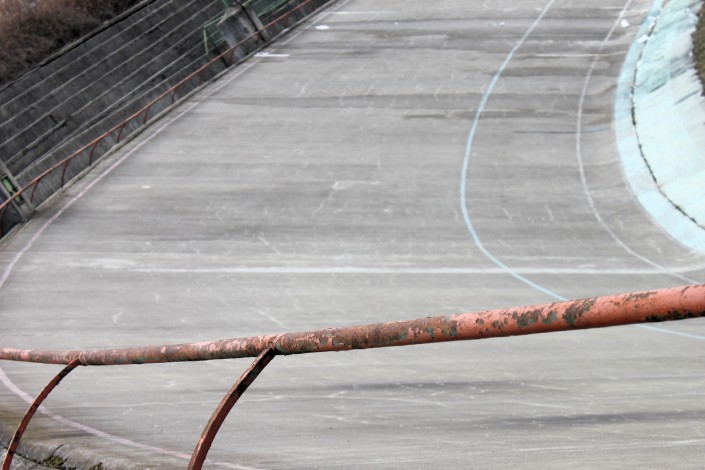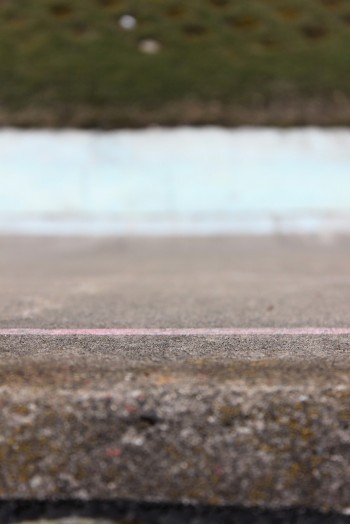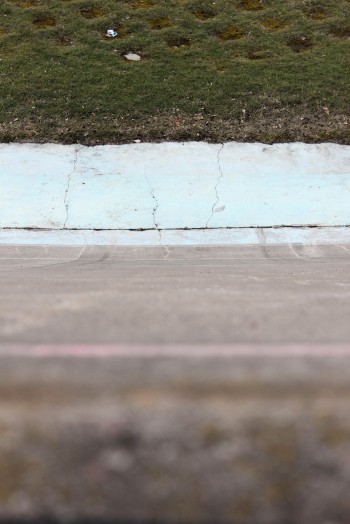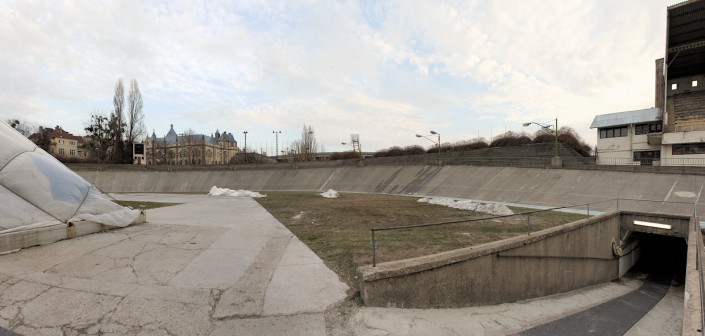Időpont: 2012. december 8.
Helyszín: Budapest, Óbudai Egyetem, Bécsi út 96/b
A részvétel a látogatók számára ingyenes, de regisztrációhoz kötött.
Az FSF.hu Alapítvány 2012-ben újra megrendezi a Szabad Szoftver Konferenciát és Kiállítást Budapesten.
A rendezvény Budapesten, az Óbudai Egyetem Bécsi úti épületében (térkép és egyéb infó) kerül megrendezésre, 2012. december 8-án. A konferencia reggel fél tíztől délután ötig tart. Három szekcióban párhuzamosan zajlanak majd a szakmai előadások, ezekkel párhuzamosan az aulában szabad szoftverekkel és szabad kultúrával kapcsolatos kiállítás lesz. Reményeink szerint minden látogató találhat majd őt érdeklő előadásokat vagy más érdekes elfoglaltságot.
A helyszín környékén ingyenesen lehet parkolni, szombaton nem kell túl sok autóra számítani, így az autóval érkező hallgatók kényelmesen meg tudnak majd állni.
A konferencia kiemelt előadói
Kadlecsik József, a Linux kernel csomagszűrő alrendszerének, a netfilter-nek egyik vezető fejlesztője, Tímár András, LibreOffice fejlesztő, a LibreOffice Engineering Steering Comittee tagja, valamint Czakó Krisztián (Slapic), a hazai Linux közösség egyik ős-alapítója, az előző évi konferencia látogatók által megválasztott legjobb előadója. Ők választják majd ki a jelentkező előadók előadásai közül azokat, amelyek bekerülnek a három szekció programjába.
A konferenciára Magyarország legjobb előadóit, kiállítóként pedig számos szabad szoftverekkel foglalkozó civil, szakmai szervezetet valamint céget hívunk. A részvétel látogatók számára ingyenes, de regisztrációhoz kötött. Az előadások anyagából konferenciakiadvány készül majd.
Amennyiben szívesen látogatnál el, adnál elő vagy állítanál ki a konferencián, akkor kérjük regisztráld magad a bal oldalon található regisztrációs menüpontok valamelyikénél!
A potenciális kiállítók és támogatók az egyszerűség kedvéért küldhetnek azonnal levelet a konf2012@fsf.hu címre, és megkezdjük velük az egyeztetést.
Üdvözlettel:
Konferenciaszervező csapat, FSF.hu Alapítvány
Szabad Szoftver Konferencia és Kiállítás 2012, Budapest
Csak, hogy magamat is fényezzem, jelentkeztem segítőnek.
